13 Common Fire Hazards People Forget About in the Fall
The fall season often brings comfort with warm meals, seasonal scents, and festive decorations. While these things bring joy, they can also introduce fire risks that many homeowners miss. Fires can start quickly when small details are left unchecked. A little awareness now can help you avoid costly damage later.
This post may contain affiliate links, which helps keep this content free. Please read our disclosure for more info.
Space Heaters
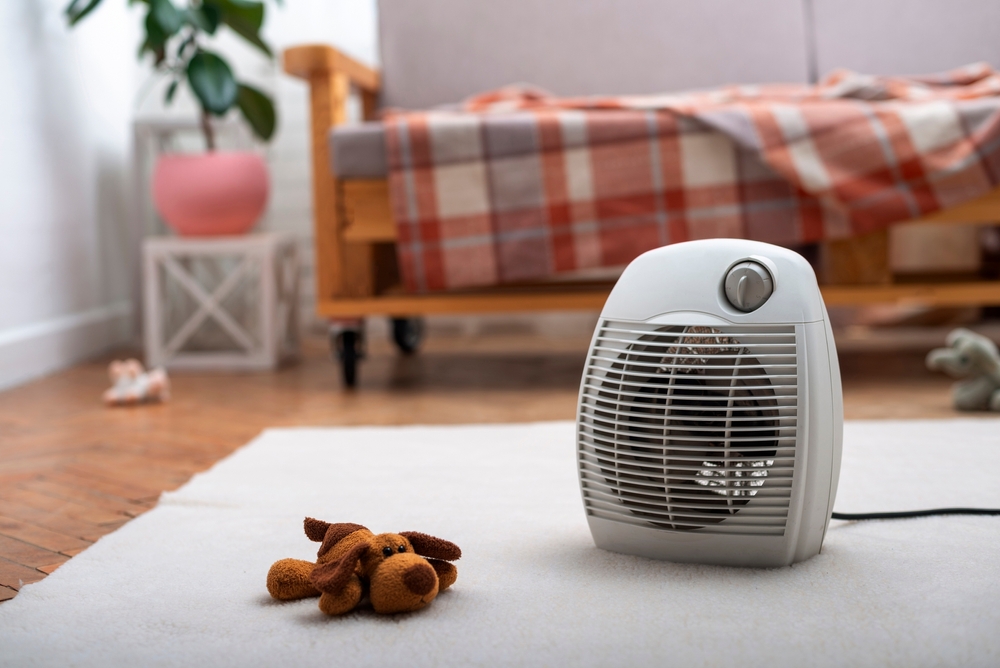
Portable heaters are popular in the fall when temperatures drop, but they can become dangerous when placed too close to curtains, bedding, or furniture. Many fires start when these items catch heat for too long without notice. Using extension cords with heaters also increases the risk. Always plug them directly into a wall outlet and keep them on a flat surface.
It is best to keep at least three feet of clear space around a heater. Never leave it running while you sleep or when you leave home. Regularly check the cord for signs of wear or damage. A small precaution today can save you from a serious accident tomorrow.
Candles
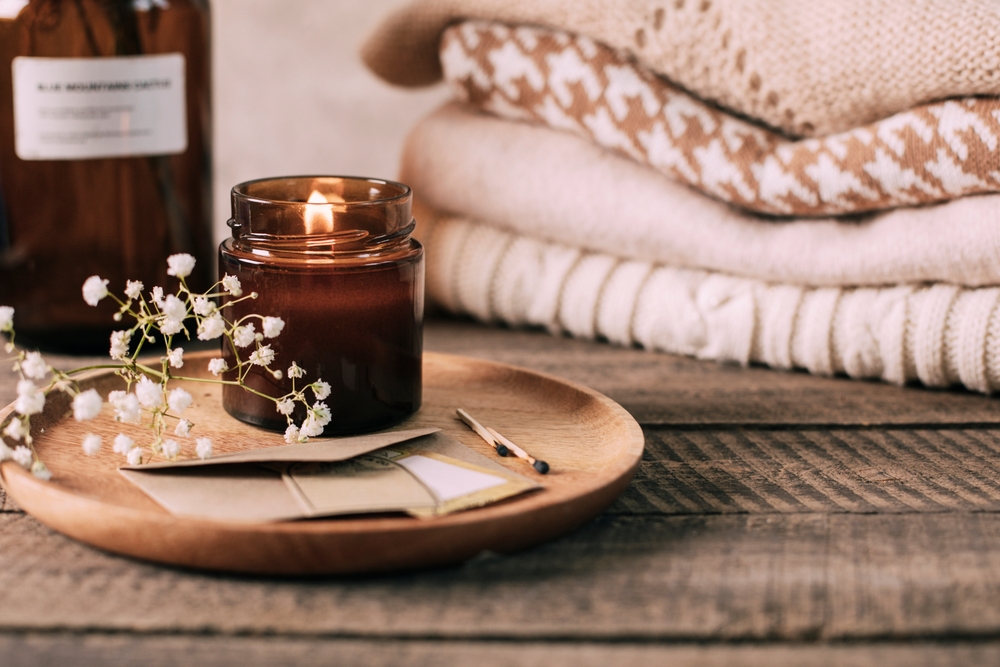
Fall scents and holiday decorations often include candles, but an unattended flame can ignite nearby objects quickly. Decorative centerpieces, curtains, and paper items are common hazards. Even sturdy holders can tip over if placed on unstable surfaces. One spark is enough to turn a cozy moment into a dangerous fire.
If you enjoy candles, keep them in safe holders and away from anything that burns easily. Always blow them out before leaving a room. Battery-operated candles are a safer alternative that still give a warm glow. Paying attention for a few minutes can prevent an unwanted emergency.
Fireplaces
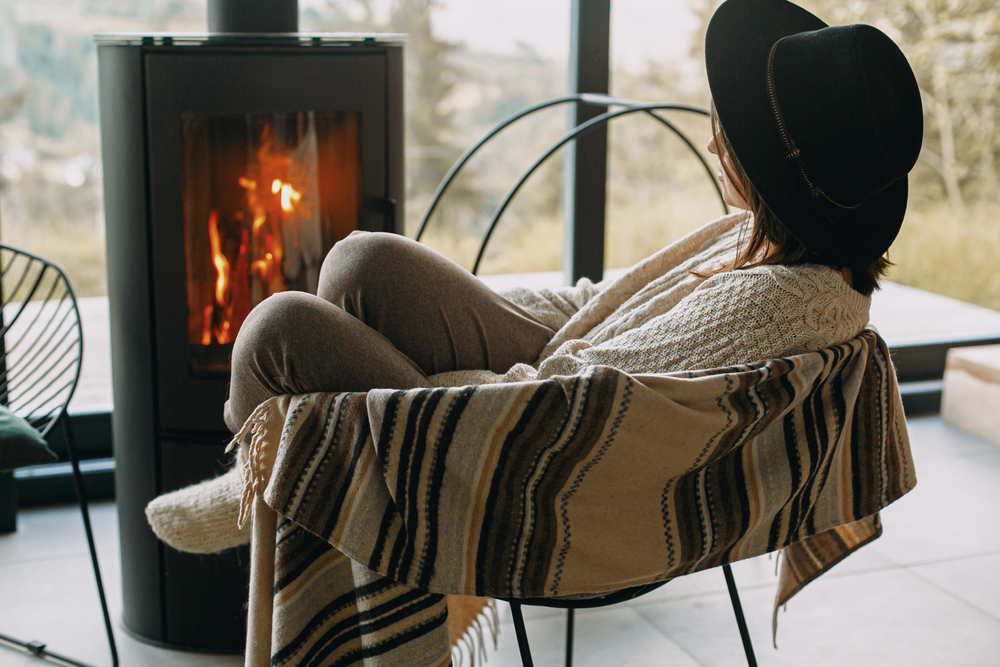
Lighting a fireplace is comforting on cold nights, yet dirty chimneys and old flues increase the chance of fire spreading. Leaves, soot, and creosote buildup inside a chimney are highly flammable. Many homeowners forget to schedule seasonal cleanings. Sparks from the fire can also escape without a proper screen.
Before using your fireplace, have it inspected and cleaned. Use dry wood and never burn trash or paper that can send embers flying. Keep a sturdy screen in place at all times. Doing these small tasks makes your fireplace safer for the season.
Overloaded Outlets
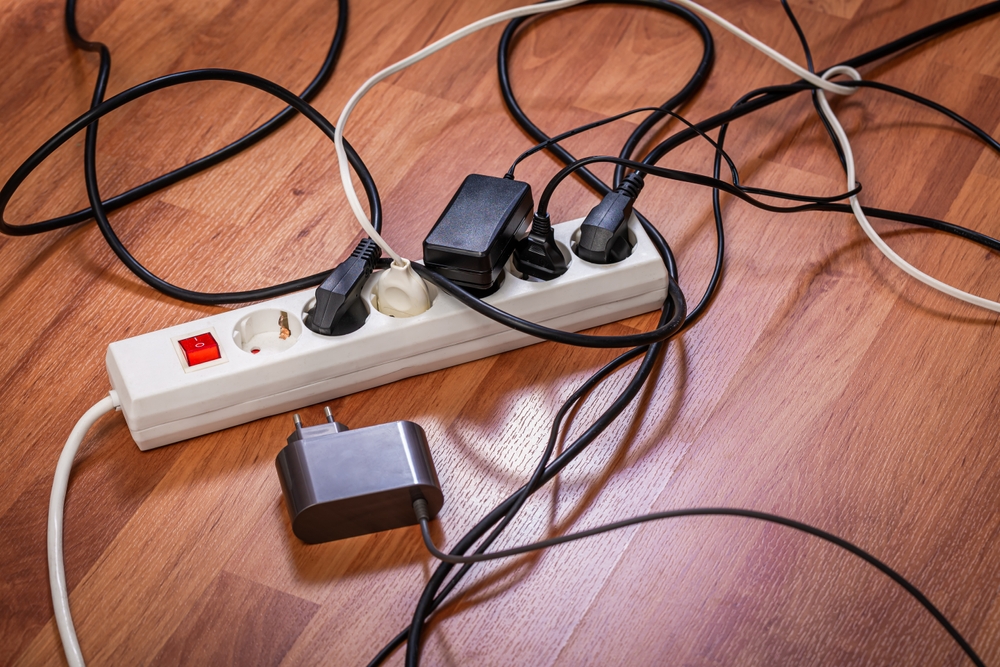
Plugging in too many devices can overheat an outlet. Fall often means holiday lights, heating pads, and decorations all pulling from one source. Power strips and extension cords are easily misused in busy households. Once wires get hot, they can cause sparks and fires.
Spread devices across different outlets whenever possible. Avoid using multiple power strips in one area. Check for outlets that feel warm or have scorch marks. If you see warning signs, stop using that outlet until it is repaired.
Kitchen Cooking

Cooking is a leading cause of home fires, especially during seasonal gatherings. Leaving pans unattended, wearing loose sleeves, or turning up the heat too high can all lead to problems. Oil and grease fires spread faster than many people expect. Even toasting bread can spark a flame if ignored.
Stay in the kitchen when cooking on the stove. Keep flammable items like towels and potholders far from burners. Have a lid nearby to smother grease fires quickly. Staying focused can help you avoid accidents when preparing meals.
Dryer Lint
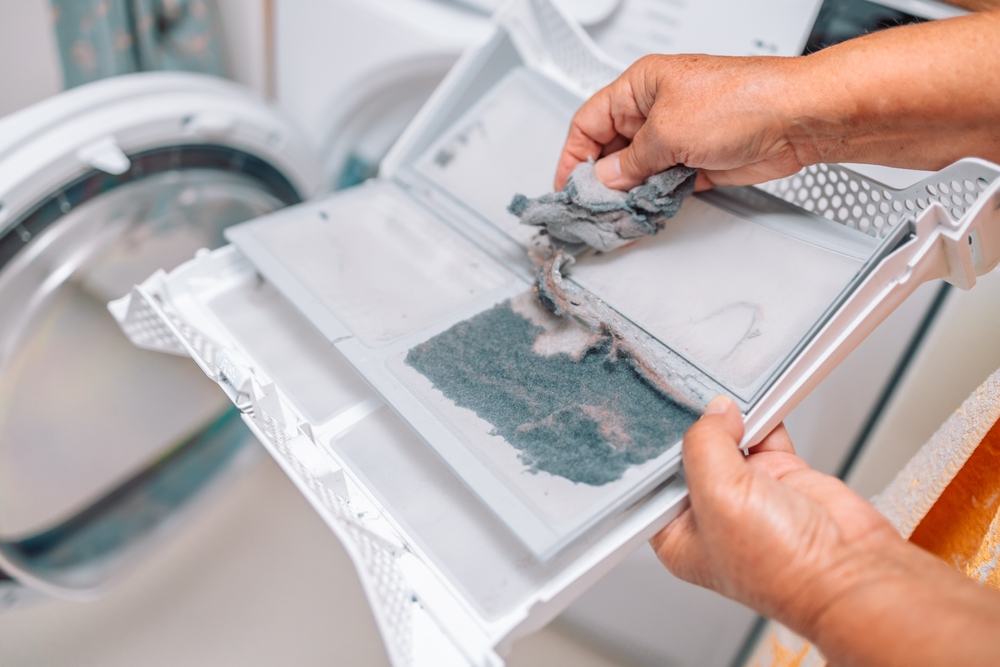
Many people use dryers more often in cooler weather, yet lint traps and vents may not get cleaned regularly. Built-up lint is extremely flammable and catches easily from dryer heat. Fires can spread quickly once lint ignites. It is one of the most overlooked hazards in the home.
Always clear the lint trap after every load. Schedule a full vent cleaning at least once a year. Check behind the dryer for dust or lint buildup as well. Simple cleaning habits can keep your laundry routine much safer.
Decorative Lights
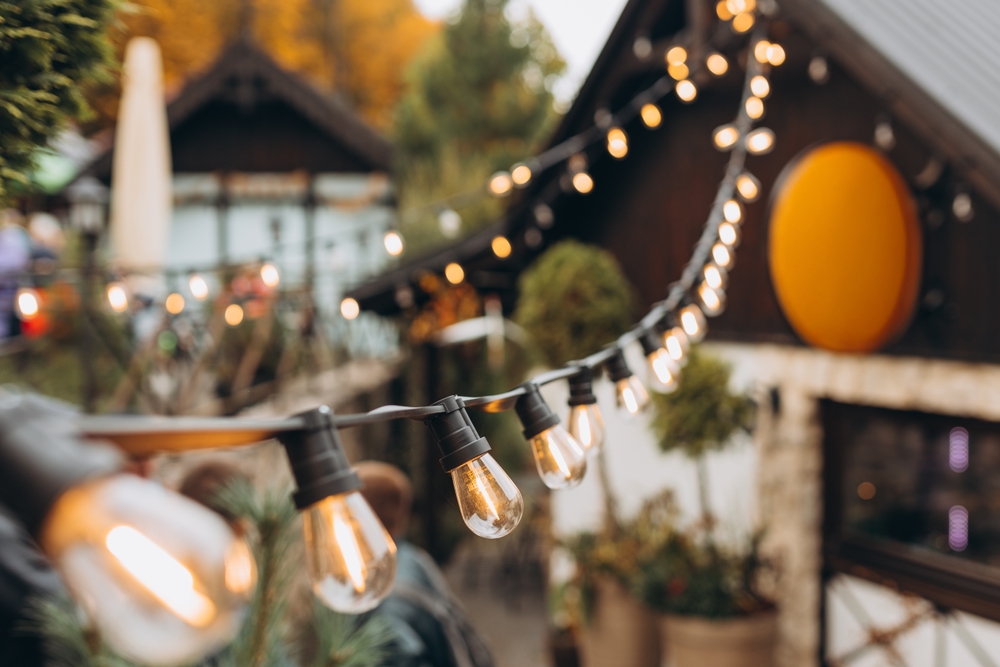
Fall decorations often include string lights, and faulty wires can spark without warning. Lights stored in basements or garages may have cracked insulation or frayed cords. Using indoor lights outdoors exposes them to moisture and damage. When plugged in for long hours, the risk of overheating increases.
Inspect every string before plugging it in. Replace broken bulbs or throw away sets with damaged cords. Do not run wires under rugs or furniture. By being careful, you can decorate safely without added risk.
Piles of Leaves
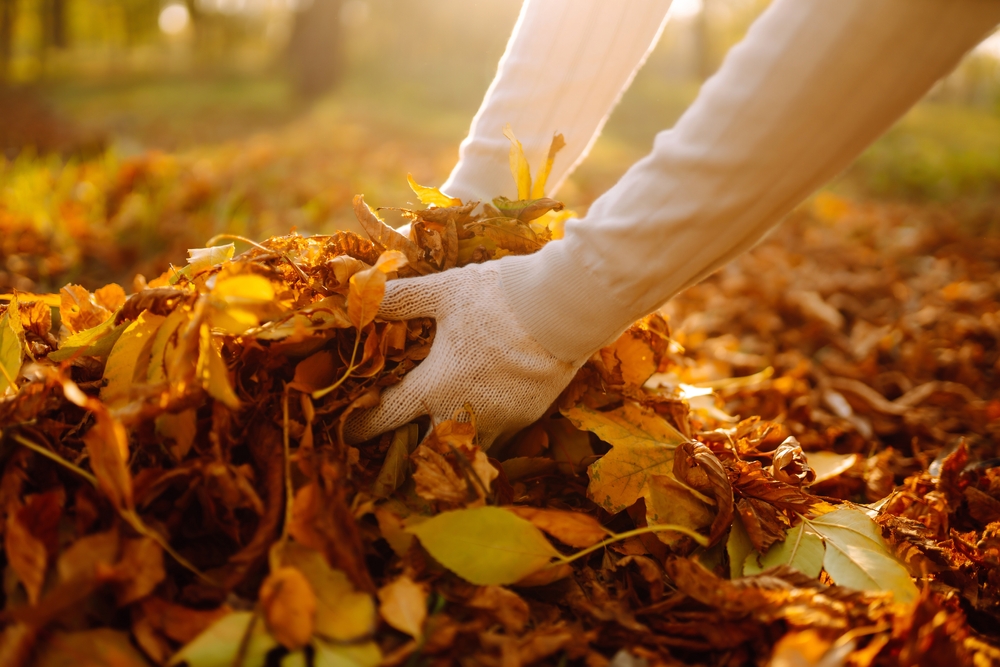
Raked leaves left too close to the house can become a fire hazard. Dry piles catch fire quickly, especially if someone discards a cigarette nearby. Outdoor fire pits and grills can send sparks onto them. Even vehicle exhaust can ignite leaves if parked on top of a pile.
Bag leaves or move them away from your home and garage. Avoid burning leaves, as the smoke can harm health and the environment. If you use a fire pit, keep it clear of all debris. Staying mindful outdoors is just as important as indoors.
Outdoor Fire Pits
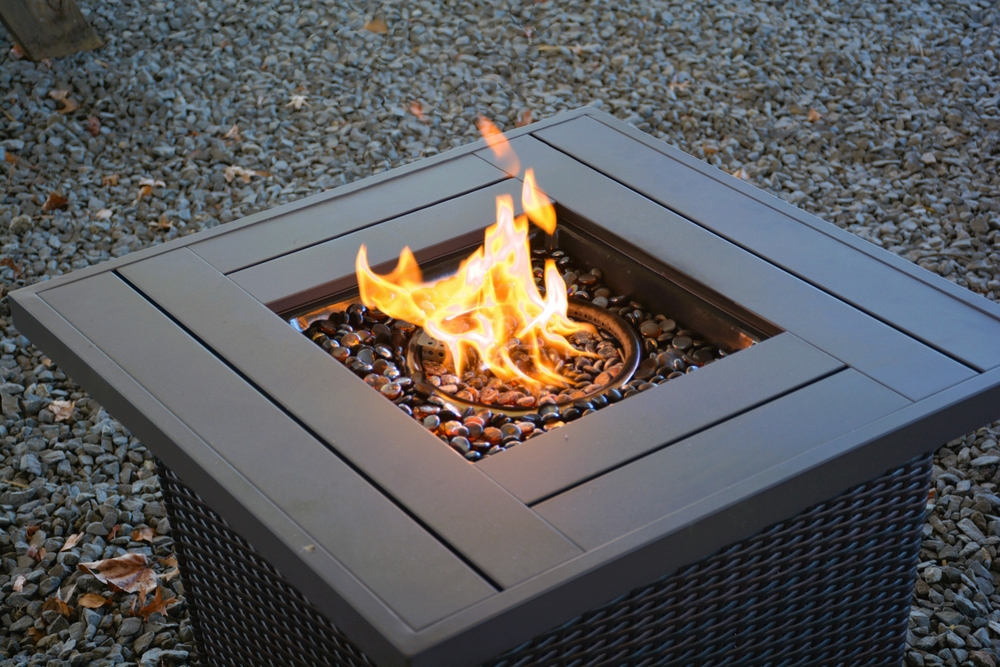
Backyard fire pits are popular in the fall, but sparks and embers can spread farther than expected. Wind carries them onto grass, decks, or nearby structures. Fires can grow quickly if no one is watching closely. Alcohol and gatherings sometimes distract people from monitoring the flames.
Always use a screen cover to control sparks. Keep water or sand nearby in case of emergencies. Place pits on non-flammable surfaces and never leave them burning unattended. With a little attention, fire pits can be enjoyed safely.
Smoking Materials
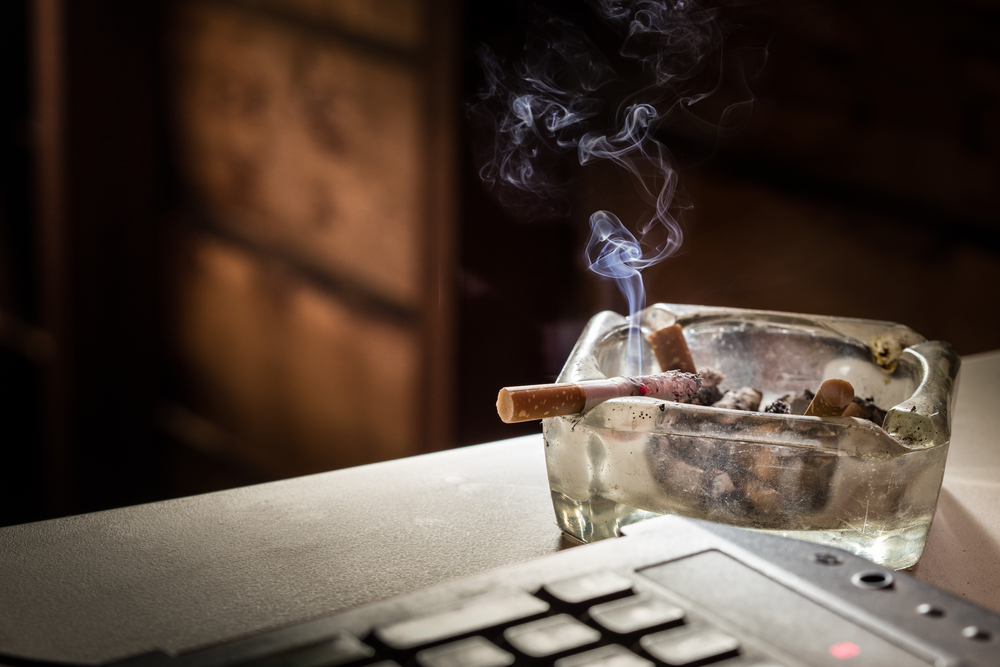
Dropped cigarettes or cigars cause many fires each year. In the fall, dry leaves and outdoor furniture cushions catch fire quickly. Indoors, ashtrays that are not emptied regularly pose risks. Even a small ember can smolder for hours before igniting.
Always douse smoking materials fully in water. Never toss them into trash cans without checking. Designate outdoor smoking areas away from dry plants. Taking these steps helps prevent avoidable accidents.
Faulty Smoke Alarms
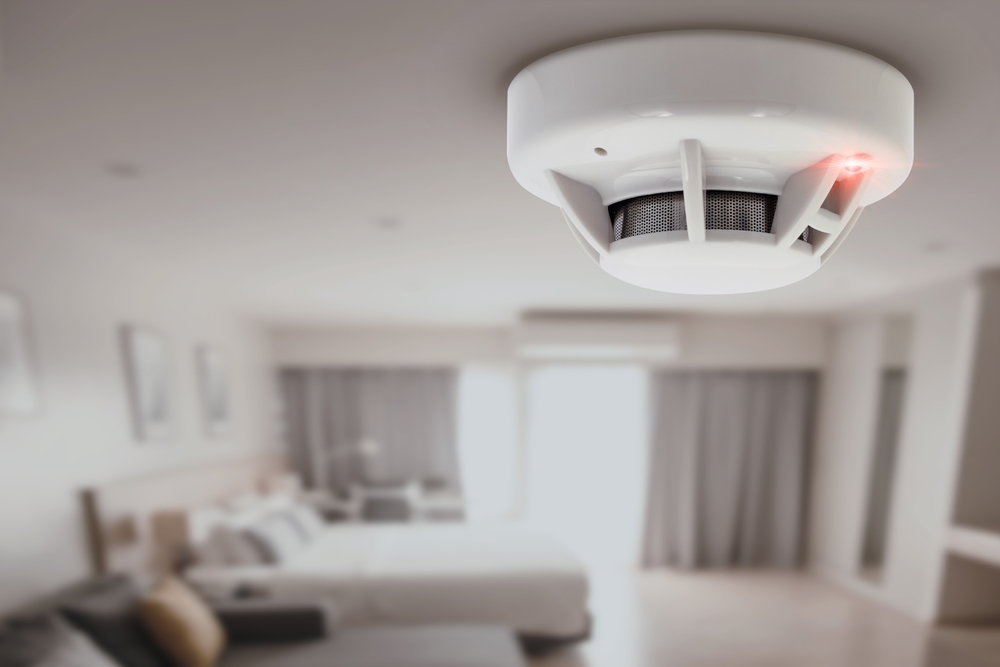
Many homes enter the season with smoke alarms that have dead batteries or no batteries at all. Without working alarms, families lose their first warning of a fire. Alarms may also be past their recommended replacement date. These small devices play a huge role in saving lives.
Test alarms once a month and replace batteries every six months. If your alarm is older than ten years, buy a new one. Place alarms on every level of the home, especially near bedrooms. A working alarm gives critical time to escape.
Barbecues and Grills
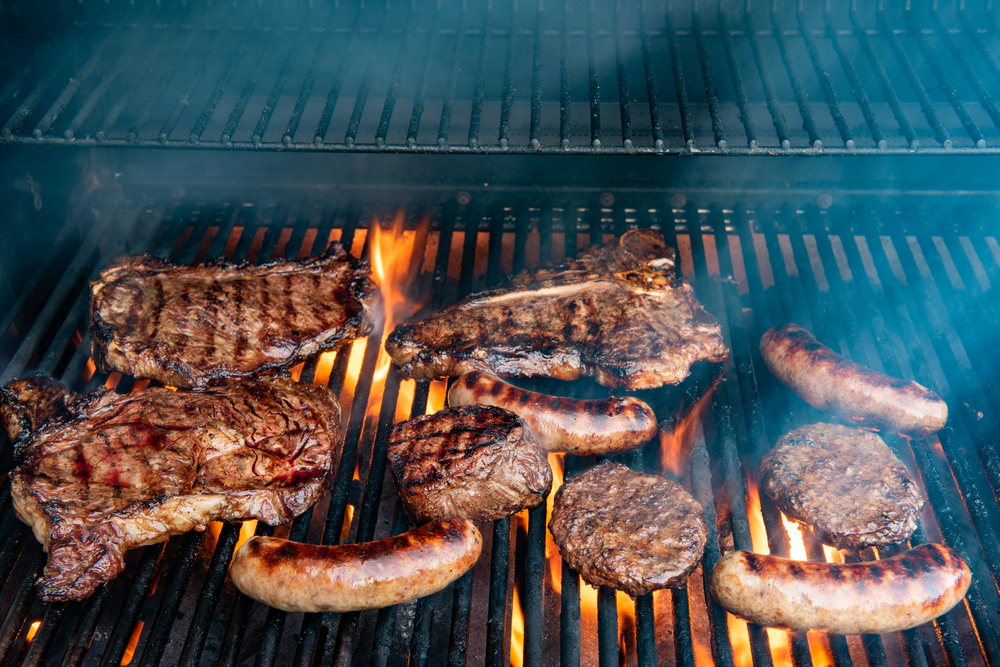
Cooler evenings still bring chances to cook outside, but forgotten grills can start fires. Grease left in drip trays ignites easily when reused. Placing grills too close to decks or siding is another common mistake. Wind can spread sparks into nearby shrubs or furniture.
Clean your grill after each use to reduce fire risks. Always move it several feet from the house. Never leave it unattended when cooking. By treating grills with care, outdoor cooking stays enjoyable and safe.
Holiday Decorations
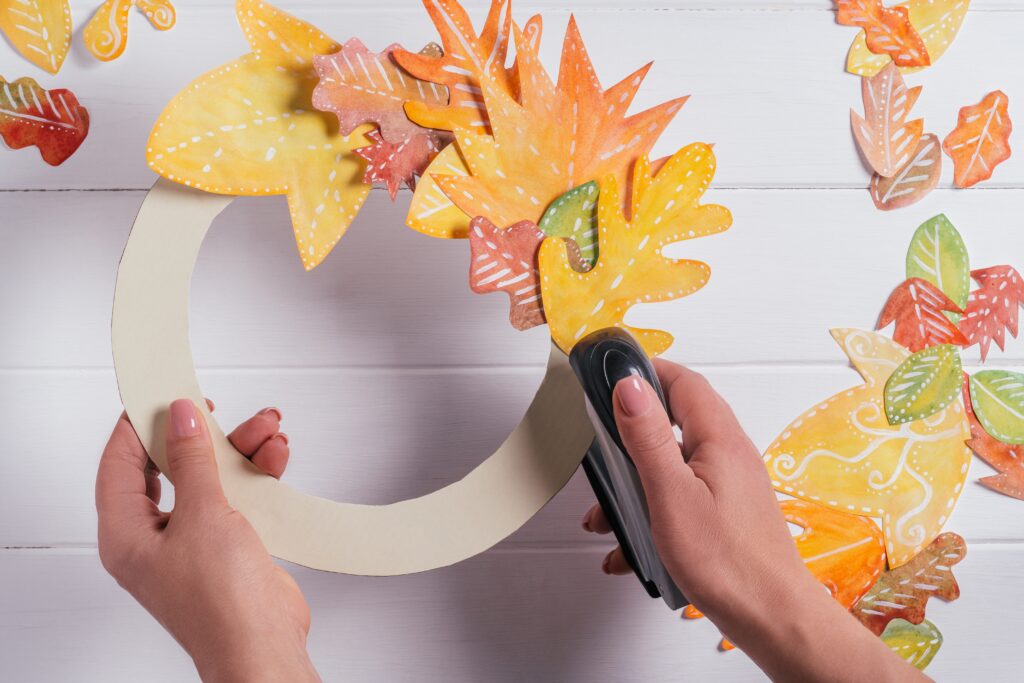
Seasonal decorations often use fabric, paper, and plastic that burn easily. Combining them with candles or lights creates a higher risk. Older decorations may be made with unsafe materials. Cluttered displays can also block exits during emergencies.
Choose flame-resistant decorations whenever possible. Keep them away from heat sources such as heaters and fireplaces. Do not overload displays with too many plugs in one outlet. Decorating with safety in mind can still create a warm seasonal atmosphere.
This article originally appeared on Avocadu.
